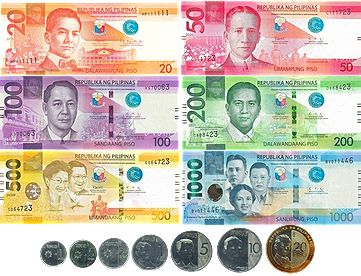July 2, 2025
Golden Anniversary Promo

Philippine money, both coins and banknotes, is made from various materials designed to ensure durability, security, and practicality. Here’s a breakdown of the materials used:
Philippine coins are made from different metal alloys depending on their denomination:
Philippine banknotes are printed on a special type of paper that incorporates security features to prevent counterfeiting. The primary material is:
In addition to the base materials, both coins and banknotes incorporate various security features. Coins may include intricate designs and ridged edges, while banknotes feature watermarks, security threads, microprinting, and optically variable inks. These measures help ensure the authenticity and longevity of Philippine currency.